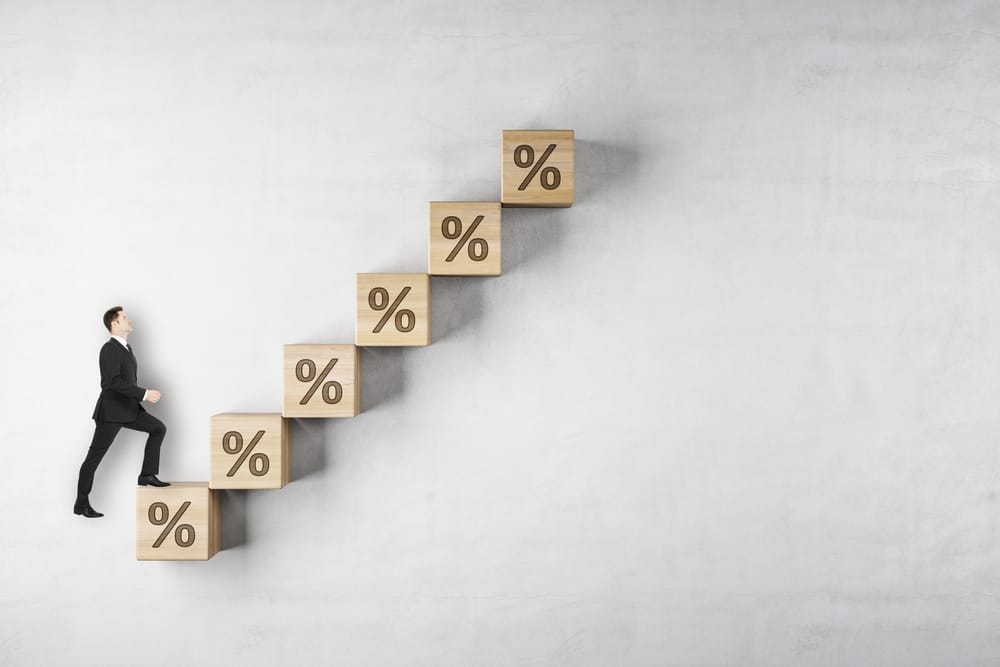U.S. 30-Year Mortgage Rates Rise, Impacting Housing Market

Introduction
Rising 30-year mortgage rates are significantly impacting the housing market, sparking concerns among potential homebuyers and investors alike. The U.S. economy has shown fluctuating trends, and recent interest rate hikes by the Federal Reserve have propelled mortgage rates to levels reminiscent of the spikes seen back in June. For many individuals and families, this means increased mortgage costs, affecting home affordability and reshaping home buying strategies in the American housing market. As market analysts observe the shifts and predict future trends, the implications of these rising rates on homebuyers and the broader economy are profound.
Current Trends in Mortgage Rates
The landscape of mortgage rates, particularly the 30-year mortgage rate, has seen a steady increase tied closely to Federal Reserve policy changes and broader economic fluctuations. These shifts echo previous peaks observed primarily due to interest rate hikes and have caught both market analysts and potential homebuyers' attention. Recent changes suggest:
- Mortgage rates are climbing toward levels not seen since last June.
- The correlation between the U.S. economy and mortgage rates suggests a tight linkage to Federal Reserve actions.
- Market analysts warn that further hikes could result in sustained pressure on home affordability.
Still, the broader economic indicators point to a complex web where mortgage rate changes reflect and influence larger economic dynamics.
Influence of Federal Reserve Policy on Mortgage Rates
The Federal Reserve's monetary policy significantly influences interest rate trends. Recent decisions have intentionally led to rate increases to temper economic conditions. Changes in the federal funds rate cascade through the economy, directly affecting mortgage interest rates and, consequently, home financing dynamics. It appears that:
- The Federal Reserve's strategies actively shape mortgage interest rates.
- Interest rate hikes are a tool for managing the overall economic landscape.
- By increasing the cost of borrowing, the Fed aims to control inflation and stabilize the economy.
This interconnected relationship indicates how policy shifts can impact everything from federal funds to personal finance choices.
Effects on the U.S. Housing Market

As mortgage rates climb, the real estate market faces challenges with higher financing costs, deterring some homebuyers due to increased homeownership costs. This shift not only affects individual buyers but also has profound implications for the American housing market's overall economic impact. Key effects include:
- Increased mortgage costs leading to reduced purchasing power for buyers.
- Slower growth trends in home sales and new housing starts as a consequence.
- Broader economic impact with potential shifts in real estate investment strategies.
By contrast, this evolving scenario may push some market segments to explore alternative financing paths.
Buyers' Financing Challenges in a Rising Rate Environment

For many buyers, the rising cost of mortgage financing presents significant challenges, complicating the path to homeownership. Navigating the current financial market requires understanding changing lending rates and exploring diverse mortgage financing options. Some strategies include:
- Exploring fixed-rate versus adjustable-rate mortgage options to lock in lower rates.
- Increasing focus on budgeting and saving for larger down payments.
- Seeking out financial advisories to better understand complex lending environments.
Ultimately, these strategies may assist buyers in adjusting to the realities of today's financial landscape.
Long-Term Economic Conditions and Housing Activity
Economic fluctuations will continue to influence housing activity. Market analysts predict potential future interest rate hikes and their implications for long-term trends. Long-term housing activity will largely depend on the interplay between economic conditions and shifting rate trends. Important points are:
- Economic indicators suggest sustained volatility in mortgage and housing markets.
- Long-term housing trends will follow broader economic conditions and projections.
- Interest rate trends remain a dominant factor in future home-buying scenarios.
Therefore, as economic conditions evolve, so too will the dynamics of the housing market.
Conclusion
As this journey through rising 30-year mortgage rates suggests, the impact on the housing market is significant, affecting affordability and shaping strategies for homebuyers across the nation. With the Federal Reserve's influence and broader economic factors at play, understanding these dynamics is essential for anyone navigating the housing market or planning to invest. Ultimately, staying informed and adaptable will be key in managing the challenges and opportunities that these rising mortgage rates present.




